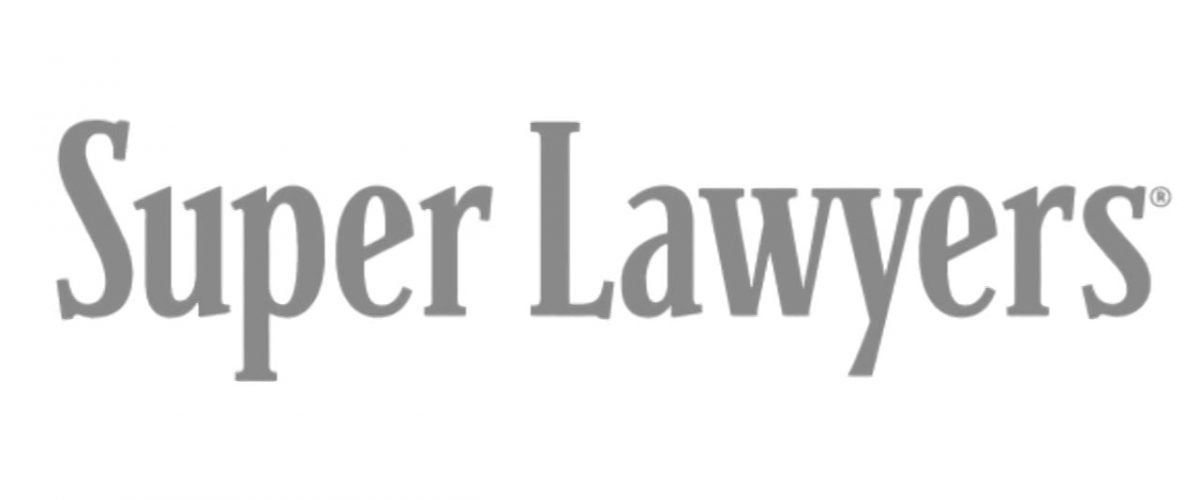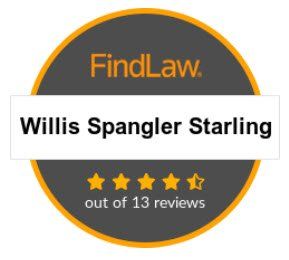Schedule Your Free Consultation:
Difference between Chapter 7 and Chapter 13
Chapter 7 and Chapter 13 bankruptcy are chapters in Title 11 of the United States Code which is titled Bankruptcy. Although Chapter 7 and Chapter 13 are very different, they do have some things in common.
Upon filing for bankruptcy both Chapter 7 and Chapter 13 will allow consumers relief from creditors. Both Chapters require a consumer to attend a 341 hearing (meeting of creditors). And both Chapters can be beneficial for an individual or a family depending on their needs. The differences can best be explained by examining what each Chapter does.
Chapter 7 – Liquidation
The definition of liquidation is to ascertain the liabilities and distribute the assets of an entity. This means when you file for Chapter 7 bankruptcy protection, you are asking the Court to void all of your contracts (such as credit card debt, car repossessions and medical bills), and allow you to start over. The court will do this for an individual or a family if they meet certain criteria.
In exchange you must allow the bankruptcy trustee (the individual who represents the creditors) to examine your estate. This includes all of your assets such as cars, houses, cash, anticipated income tax refunds, etc. The trustee will examine your estate and will make a determination as to whether or not there is equity in excess of your exemption amounts. For example, Ohio allows you to have up to $3,775 of equity in one vehicle which is exempt from creditor attachment. If you have assets that are non-exempt you must turn those over to the bankruptcy estate. If all of your assets are exempt, then the bankruptcy trustee will tell you this and move on from your file.
If you comply with these obligations, and several other obligations (which you should consult an attorney about before filing), you will be eligible for a discharge. The discharge order is an order from a Federal Bankruptcy Judge informing all of your creditors that you have complied with the requirements of the United States Bankruptcy Code, and they may no longer attempt to collect any debts that you may owe them.
From filing until the receipt of your discharge order, a typical Chapter 7 bankruptcy case will last less than six months. A Chapter 13 case, on the other hand, can last up to 60 months.
Chapter 13 – Reorganization
The definition of reorganization is a financial restructuring of an individual in the repayment of debts, under a plan and approved by a court. When you file a Chapter 13 bankruptcy you are asking the court to modify the way in which your Creditors receive payments. The court will do this for an individual or family if they meet certain criteria.
Most people who file a Chapter 13 bankruptcy fall into the following three categories:
-
They are behind on their mortgage.
A Chapter 13 bankruptcy will stop a foreclosure, and allow you to make up the payments you have missed over a three to five year period. This allows many people who have had unexpected events such as a lost job or a serious illness to recover from such an obstacle, and allow them to stay in their home.
-
They have already filed for Chapter 7 in the recent past.
Although you may file a Chapter 7 bankruptcy more than once, you are only eligible to file a Chapter 7 Bankruptcy once every 8 years.
-
They make too much money to qualify for a Chapter 7.
There are two tests which determine what chapter of bankruptcy you are eligible for. These are the means test, and the income expense test. If you do not qualify for Chapter 7 bankruptcy, then Chapter 13 may be the best option available to you.
Your monthly payment for the next three to five years will depends on your income, expenses and debts. The monthly payment will include all of your debts such as car payments, taxes, credit cards, medical bills and your home mortgage.
You will still pay your monthly living expenses yourself. The payment plan will allow you enough money to cover your ongoing monthly living expenses such as utilities, food, vehicle payments and other expenses.
Some creditors such as your primary mortgage company may be entitled to 100% of what you owe them. Sometimes, other creditors such as credit cards and medical bills may only get a fraction of what you owe them.
Both Chapters of bankruptcy have helped millions of families and individuals recover from financial problems. If you have questions regarding Chapter 7 or Chapter 13 bankruptcy, please schedule a free consultation with the Willis Spangler Starling team and we can do an individual assessment of your situation. Call 614-586-7900 to get started.
How Can We Help You?
When you have questions, we have answers. Reach out to schedule a free consultation and discuss your case.
We will get back to you as soon as possible.
Please try again later.





